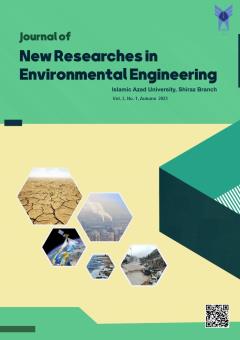-
-
List of Articles
-
Open Access Article
1 - Prioritizing The Sustainable Development Of Strategic Infrastructures Using The Analytic Hierarchy Process: A Case Study Of Iran
Babak Nabizadeh Saman Solaimanian -
Open Access Article
2 - Analysis of Kuroshio Current Converter as Renewable and Environmentally Friendly Power Plant
امیر قائدی -
Open Access Article
3 - Multi-Objective Operation of the Distribution System Including Wind Turbines, Taking Into Account the Minimization of Environmental Pollution in the Network
Reza Sedaghati -
Open Access Article
4 - Kinetic Modeling And Optimization Of Effective Parameters Of 4-Chlorophenol Wastewater Treatment In Adsorption Process With Activated Carbon/Magnetite Nanocatalyst In Aqueous Solution
Farham Aminsharei Mohammad Astaraki Sahand Jorfi Reza Darvishi Cheshmeh Soltani Mojtaba Nasre Isfahani -
Open Access Article
5 - H2S Concentration Ranking Around Sewerage Manholes Using Lead Acetate Detector
Mohamad Mehdi taghizadeh -
Open Access Article
6 - Evaluation of Knowledge and Attitude of Non-medical Students about Virtual Water Recognize with the Approach of Environmental Protection and Sustainable Development
Omid Tabiee
-
The rights to this website are owned by the Raimag Press Management System.
Copyright © 2021-2025







